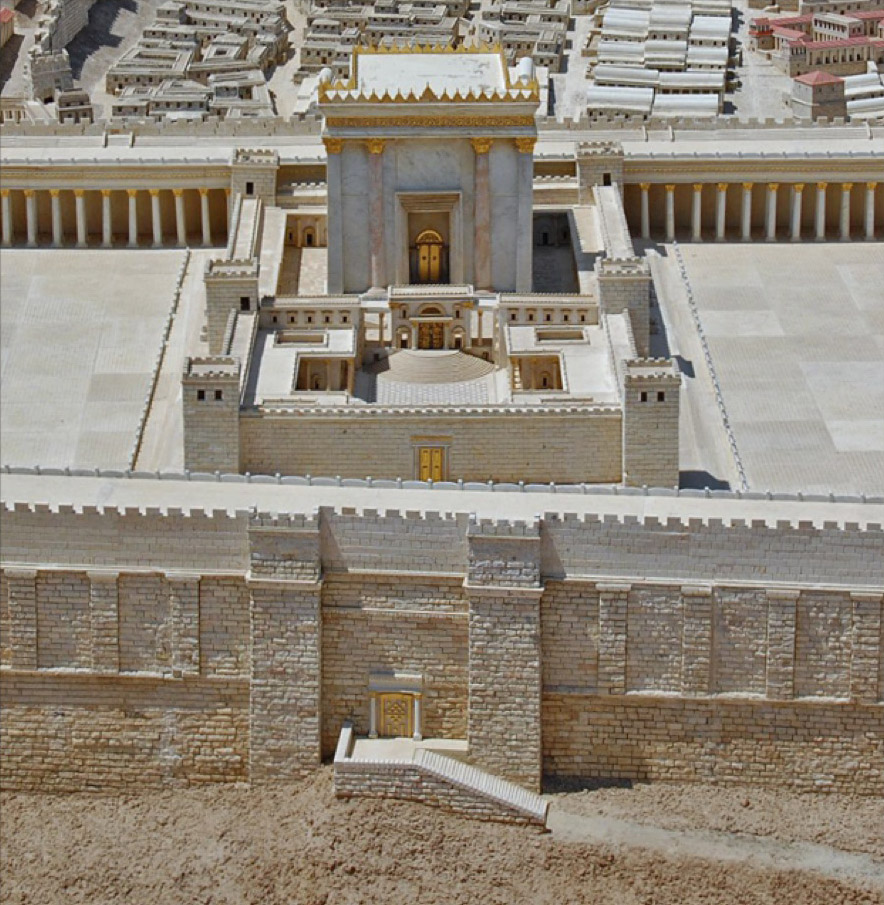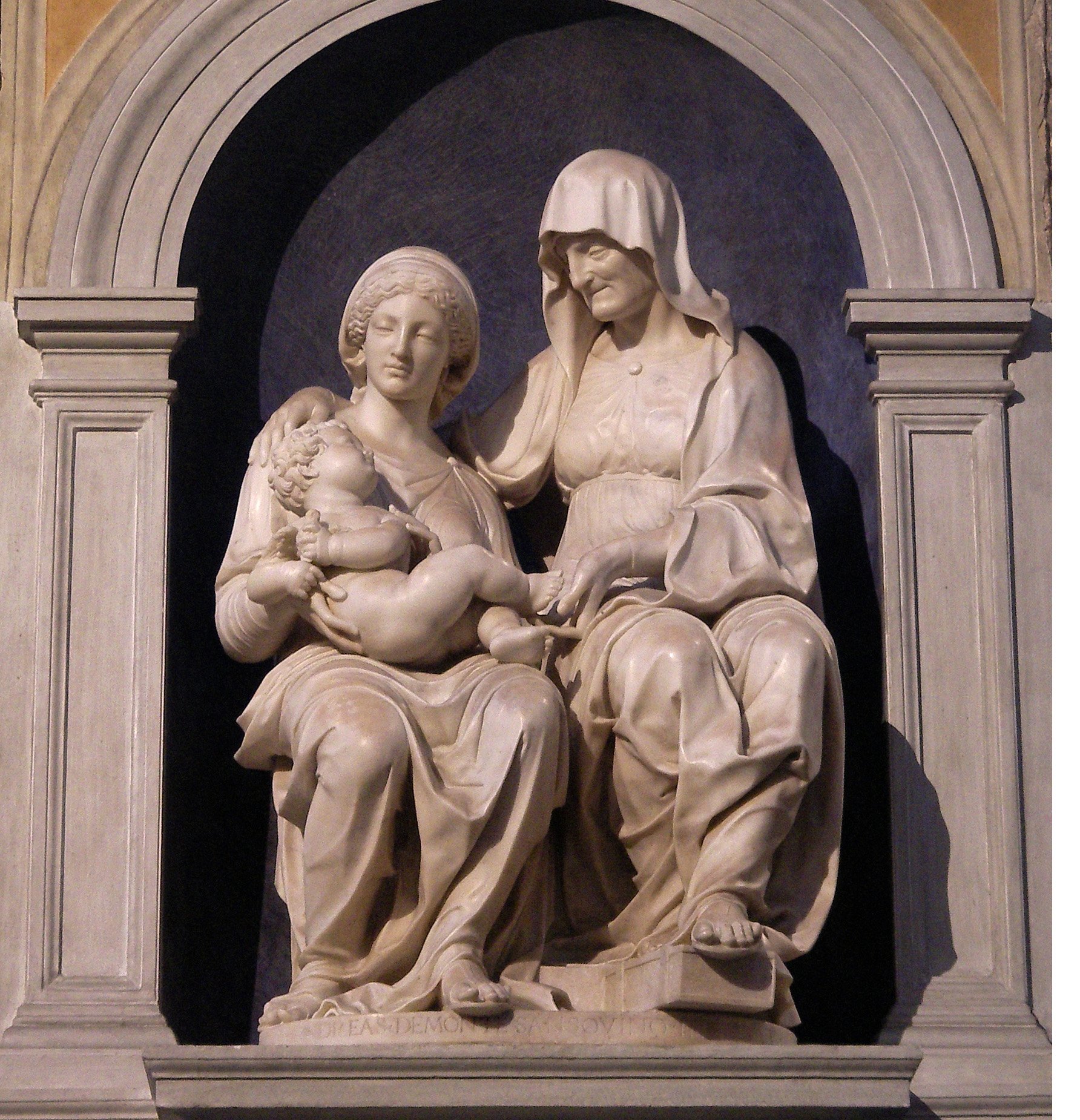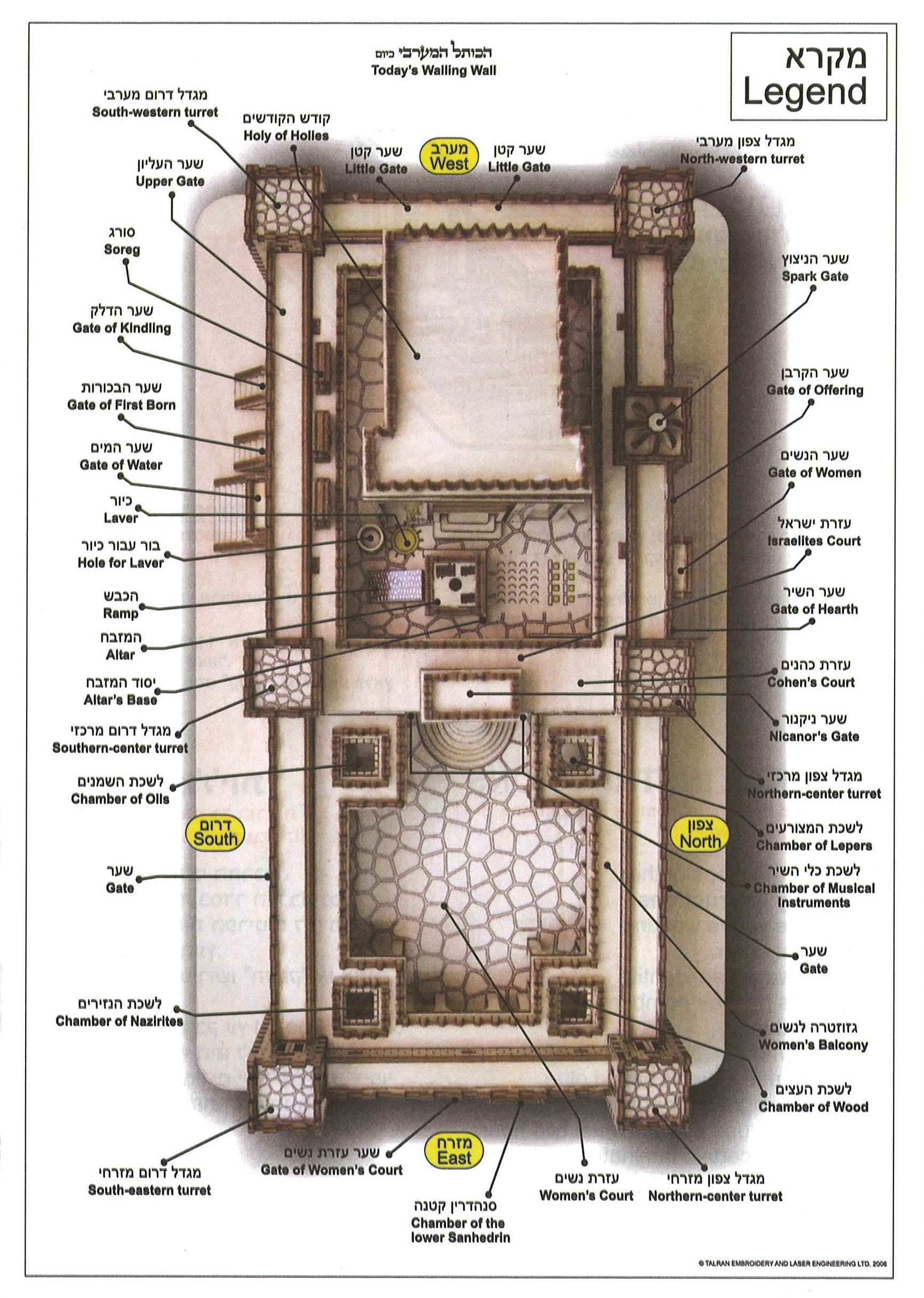A sermon on the Purification of the Virgin Mary from Luke 2:22-39

Hymn of Preparation: “Home,” from the Wiz.
There’s no place like home. There’s no place like home. There’s no place like home. For good and for ill, there’s no place like home. Sometimes we just want to go home. Sometimes we just want to run away from home. Some just want a home to turn to, loving arms to embrace and comfort us.
How does it feel
How does it feel
To be on your own
With no direction home
Like a complete unknown
Like a rolling stone?
For many the emblem of home is the kitchen, often mama’s kitchen table. The table is a sacred place. It is the altar of the home. Home. Table. Altar. Presence. Themes of the Presentation – add in the light of Epiphany, candles on the altar and table for Candlemass and we’ve got the full suite. We could almost pronounce the benediction. Almost.
These festivals may not be your festivals, and that’s all right because obscure liturgy is the order of the day in the gospel. Luke is counting on that obscurity and the good will of his hearers and readers to accept his liturgical reimaginings. The Feast of the Presentation is a combination liturgical midrash and time travel. The baby Jesus was a newborn at Christmas, a toddler at Epiphany, an adult at his baptism and is now a babe in arms again. He was eight days old in the previous verse just before our lesson at his bris, his circumcision. He is forty days and forty nights old in the first verse of today’s gospel when he comes to the temple remembered here today. (Does being brought to the temple at his mother’s breast at the appointed time for the appointed service count as “suddenly the Lord will come to his temple” from Malachi?) Until Malachi, only Isaiah called God “the Lord” using that particular word, ha’adon, and only five times; each of those times God came as the Holy God of Warriors, or Lord of Hosts. I don’t think Sweet Baby Jesus was that cranky.
But that’s the story isn’t it? That this baby was that God. That is certainly Luke’s point. And if he has to rewrite Torah to make his point, so be it. Luke has that it was “their” purification, but the Torah only calls for the purification of the mother after childbirth. That is the Torah-obligation; there is no liturgy prescribed for a “presentation.” Luke subtly acknowledges the change, they were there for “their purification,” and brought the baby along, secondary clause.
This is the purification of Miryam, Mary, forty days after giving birth to a male child – a different interval would be called for in case of a daughter. Some scholars reckon the difference as an indication of the different amounts of labor each contributes to the society. She is taboo for seven days, hence her availability for the circumcision on the eighth day and restricted to a lesser degree for thirty-three days. She owes a restoration offering – the translation of hattat as “sin” here misses the mark; she has not sinned and not just because she was a virgin mother. She will also contribute to the ongoing, established twice-daily regular burnt offerings. The restoration offering is a small bird but the burnt offering was a lamb, because God really likes a good barbeque, is something of a red meat eater or smeller and is attracted to and soothed by the smell of roasting flesh according to the Torah. If a woman was too poor to afford a lamb for the burnt offering she could double up on the poultry offering as did the Blessed Virgin. (Is that why you have to have chicken for a church supper?)

It is her offering, her practice of her Judaism, her fidelity to Torah that we celebrate today. Today the Virgin is contributing the sacred meal, setting a most holy kosher table. She sets the table for the holy meal and feeds her family – not Joseph or the Holy Infant here, but Elizabeth and Zachariah are priest clan, their rations come from the holy table. Mary has fed them today. When Joseph disappears from the pages of the Gospel it will be Mary who keeps a kosher Jewish home, celebrates the High Holy Days from Rosh HaShannah to Yom Kippur and the pilgrim festivals Passover and Pentecost all at the altar of her table. Where do you think Jesus learned the importance of table fellowship or even how to set a table? Today’s offerings mark her return to her community, she can go home and be welcomed in the homes of others and at their tables and show off her new baby.
The Virgin’s offerings mark her transformation and restoration. It is her day. In the Church, the language Presentation rather than Purification came about in part as a desire to move away from the old concept of blood taboo that has been particularly stigmatizing to women. And that’s not a bad thing. But in naming the feast the Presentation of Jesus, the Church has moved the focus of the feast from the Virgin Mother to her Son, making it one more literal, wooden, proof-text. The Church couldn’t help itself. It read “suddenly he will come to his temple” from Malachi through the lens of the John the Baptist and perhaps also through the eyes of today’s gospel in which Luke adds in the separate tradition about the redemption of the firstborn. And rewrites Torah, again.
Exodus 13:2 calls for the consecration of “everything” and therefore everyone that “opens the womb,” Hebrew scholars, that’s kol, “all,” “each,” “every.” All the firstborn are holy to God, not just “males” as Luke has rewritten the Torah: Every firstborn male shall be designated as holy to the Lord. The Torah doesn’t say “male.” Not even the LXX has “male” there, nor even the Targum. All of us who are firstborn are holy to God, including me and the Blessed Virgin. Sorry little brother. Luke has mixed and mangled in the tradition about the redemption or ransom of firstborn children from later in Exodus. That’s tricky because God calls for the sacrifice of the firstborn animals and ransom of firstborn human males but girls are not ransomed, but fortunately not sacrificed either. Now there is a Jewish ritual of redeeming the firstborn son, pidyon haben, but it was not practiced in the time of Jesus.
Being included or excluded from religious rituals and language because of your gender, race, orientation, theological convictions or other attributes is part of what makes a sacred community feel like home or utterly alien. Many look at the purification of women after childbirth and find it to be completely alienating. But perhaps it was a welcome and welcoming experience for the Blessed Virgin. She was returning home.
The temple and its liturgies offered a home space for the itinerant family. Home in Galilee was behind them and ahead of them for now; the Egyptian sojourn a couple-few years away. But the temple was familiar, beloved, home to their God and the visible manifestation of their faith. Home. Table. Altar. Presence. After immersion, separately in one of the mikveh pools on the Temple Mount, they come through the Huldah gates across from the tomb of the prophet Huldah, the only woman buried in the temple complex. Surely the prophet Anna prayed at her grave. The gates are twelve great-stones high – I was only two and a half stones high when I stood at the gate. There are another six stones above the twelve-stone gate in the outer wall. And it is only a third as high as the 60 foot (40 cubit) Holy of Holies. The Virgin would be half the size of my fingernail here.
Passing through the prophet’s gates they would cross the Court of the Gentiles where they could buy their offering and entered through one of many gates, perhaps the Gate of Offering (mid, back, right), into the Court of the Women – which wasn’t just for women. Here they would have met Anna and Simeon.  Somewhere on the stairs leading up to Nicanor’s Gate – rich folk have been naming stuff in God’s house after themselves for a long time – on the stairs Virgin would lay her hand on her offering and hand it to the priest who would take it through the gate into the court of the Israelites where the outdoor altar was. Joseph could have gone with him and taken the baby. The wall between the two was open as were the gates. Mary could have watched the sacrifice and offering. On the other side, in the court of the Israelite Men there were cages and kennels and the altar so broad and wide a dozen men could walk around tending three or four different fires, each big enough to burn a whole ox. They had a ramp to drag the dead weight of the big ones up, having slit their throats, hung them on hooks and drained the blood before placing them on the altar.
Somewhere on the stairs leading up to Nicanor’s Gate – rich folk have been naming stuff in God’s house after themselves for a long time – on the stairs Virgin would lay her hand on her offering and hand it to the priest who would take it through the gate into the court of the Israelites where the outdoor altar was. Joseph could have gone with him and taken the baby. The wall between the two was open as were the gates. Mary could have watched the sacrifice and offering. On the other side, in the court of the Israelite Men there were cages and kennels and the altar so broad and wide a dozen men could walk around tending three or four different fires, each big enough to burn a whole ox. They had a ramp to drag the dead weight of the big ones up, having slit their throats, hung them on hooks and drained the blood before placing them on the altar.
All of this because of the One present, dwelling within the soaring height of the Holy of Holies. Home. Table. Altar. Presence. The temple was God’s home on earth. The altar of burnt sacrifice was God’s table. The Holy of Holies was God’s private space where God was present within. It is the presence of God that makes a building a temple just as it’s the presence of love and family that makes a house a home.
A chair is still a chair
Even when there’s no one sittin’ there
But a chair is not a house
And a house is not a home.
When we gather at this table, will you see yourself as coming home? Visiting? A welcome guest? A tolerable and tolerated guest? Or do you feel unwelcome? This is Black History Month when home takes on a different resonance for me than it may for you. I am reminded that I have not always been welcome at this table, that I have not always been seen as fit to preside at this table. But I have been extended a radical welcome, anchored in the womb of the Virgin Mother, the kitchen space where Baker-Woman God crafted the Bread of Life in her very body and blood.
Let me extend to you that radical welcome. It is the welcome of today’s gospel. The point of all Luke’s rewriting is this: The Holy God of the awesome, towering, holy temple has come into our midst as Mary’s child. And we who are gentiles, who would be stoned if we crossed the low row or tombstone-shaped stones at the inner boundary of the Court of the Gentiles, we are welcome. We are welcome as women and men together, like Anna and Simeon. We are welcome whether we are called by God like the prophet Hannah, Anna or are lay folk like Simeon. We are welcome whether our offerings are the stuff of our poverty like the Virgin, or the sign of privilege like Nicanor. We are welcome. You are welcome. Welcome home.


Jan Ross
December 13, 2017 11:36 amAlthough this is an older post, I want to let you know how much I appreciate your insight and ability to articulate the importance of the Torah Observant Mary. Beautifully written without apology for the overwhelming evidence of the Jewishness of our Messiah! Thank you!